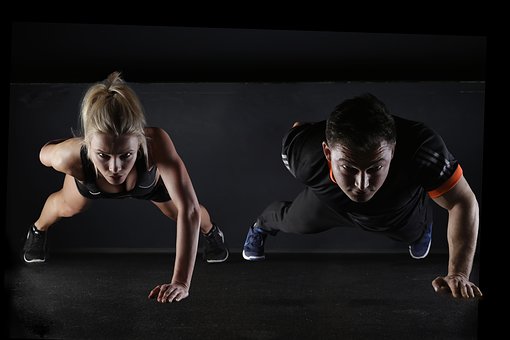Farm work has always been synonymous with health and good physical condition. Is that still the case? Are you in shape?
Paul has no energy anymore. He wakes up exhausted and gets winded at the least effort. Furthermore, he always has a backache. On his wife’s advice, he consults his doctor, who recommends that he lose at least 20 kilos, change his diet and get some exercise. Paul is insulted and mocks those warnings. “Since when does a farmer need exercise? As if we didn’t get enough already! It seems to me that he doesn’t know much about our work.”
Both the public and farmers perceive the farmer’s job as synonymous with health and good physical condition, but is that still the case?
Physical health scientists assert that, to retain or improve one’s condition, it is necessary to do an average of 30 to 60 minutes of light to moderate activity three to five times a week, depending on the intended objectives. Does normal farm work allow that objective to be attained? “That is no longer the case for several farmers,” states kinesiologist Jimmy Lévesque, owner of the Centre de conditionnement physique de Coaticook. “Over the last two decades, the modernization of farming has produced a profound transformation in the farmer’s work.”
Furthermore, Mr. Lévesque explains that, in daily farming work, some muscle groups may be worked very hard at the expense of other muscle groups, producing backache or the phenomena of curvatures and muscular imbalance. “You only have to think about the farmer cutting wood: the first few days will be very painful,” he says.
In fact, Paul ends up admitting, “When I work 18 hours a day planting, it’s the machinery doing the work, not my body or my heart.” Therefore, depending on production and the work done on a regular basis, farmers’ physical shape varies considerably. We must not confuse long hours of work with physical exercise. Does this apply to you?
Are you in shape? (for information only)
- Your body mass index (BMI), which is your weight in kilos divided by your height in meters squared (BMI = kg/m2), is higher than 28.
- You climb three flights of stairs, and you are too winded to talk.
- You have trouble doing 10 sit-ups.
- After a moderate (70% MHR) 10-15 minute workout, it takes more than five minutes to return to your normal heart rate.
- You have trouble touching your toes with your fingers when seated on the floor with your legs extended.
The more yeses you have, the more you should think about getting in shape, and eating healthily, of course. At a gym or not, individually or in a group, getting back in shape is an important decision and requires major commitment and discipline. So yes, you have to invest time, energy and money, but it seems that the benefits are extremely profitable with regard to your physical, psychological and financial health. However, if you don’t invest in your health, someday you will have to invest, but then it will be in illness, and it will no longer be your choice.
MHR calculation (maximum heart rate) according to your age
MHR = 220 – age
For example, the MHR for a person of 35 is 220 – 35 = 185 bpm
- The light-intensity zone is between 50 and 60% of the MHR. It is advised for well‑being and stress reduction.
- The moderate-intensity zone is between 60 and 70% of the MHR. It helps to improve the health and weight loss.
- The high-intensity zone is between 70 and 85% of the MHR. It helps to improve heart muscle performance. It is reserved for people who train regularly.
Note: it is recommended that you go see your doctor before any significant change in physical activity.
Pierrette Desrosiers,
Work Psychologist, professionnal speaker, author and business coach


